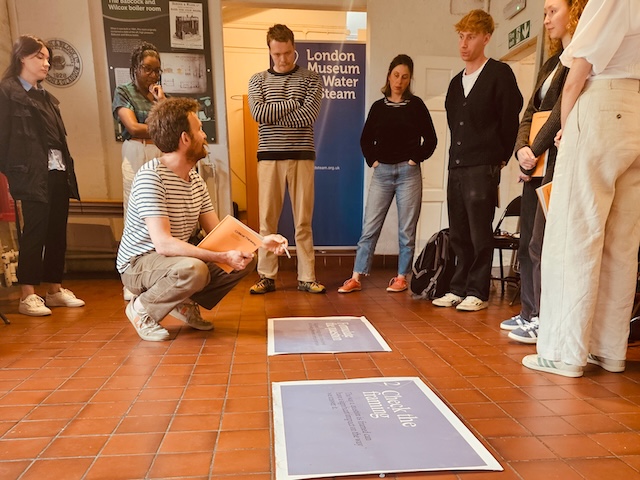My favourite board game is Go. A 19 by 19 board. White stones versus black. You win by surrounding your opponent’s stones before they surround yours. The game has just three rules, but from this simple concept a game of incredible complexity emerges.
My early years of playing Go were frustrating: it didn’t matter what I did, I couldn’t find a way to win. And now that I am more experienced, I find it hard to teach others. I take solace therefore that while the first computer to beat a reigning chess world champion (Deep Blue versus Gary Kasparov) did it in 1997 it took another 20 years for a computer, Deep Mind to beat reining world Go champion Ke Jie.
The reason Go is so much harder for a computer to play than Chess is the number of branching possibilities that emerge from each move. It is just not possible to play solely on the basis of the player assessing the opposite player’s best move. And therefore a much more complex dynamic emerges in the game that involves the players ability to spot patterns as much as the patterns themselves.
I find this fascinating. In this complex situation, the players are part of the solution. Or put it another way, the solution is function of both the physical reality (the stones on the board), the players’ perception of the stones, and the players’ perception of each other’s perception of the stones. In maths terms, the solution y = f(physical world, internal world).
It highlights for me that with complex situations in which engineers (and other humans) are agents, how we show up and how everyone else is showing up has a big impact on the outcome. We are a long way from optimum answers that can be deduced from calculation.
This post originally appeared on eiffelover.com in September 2024

